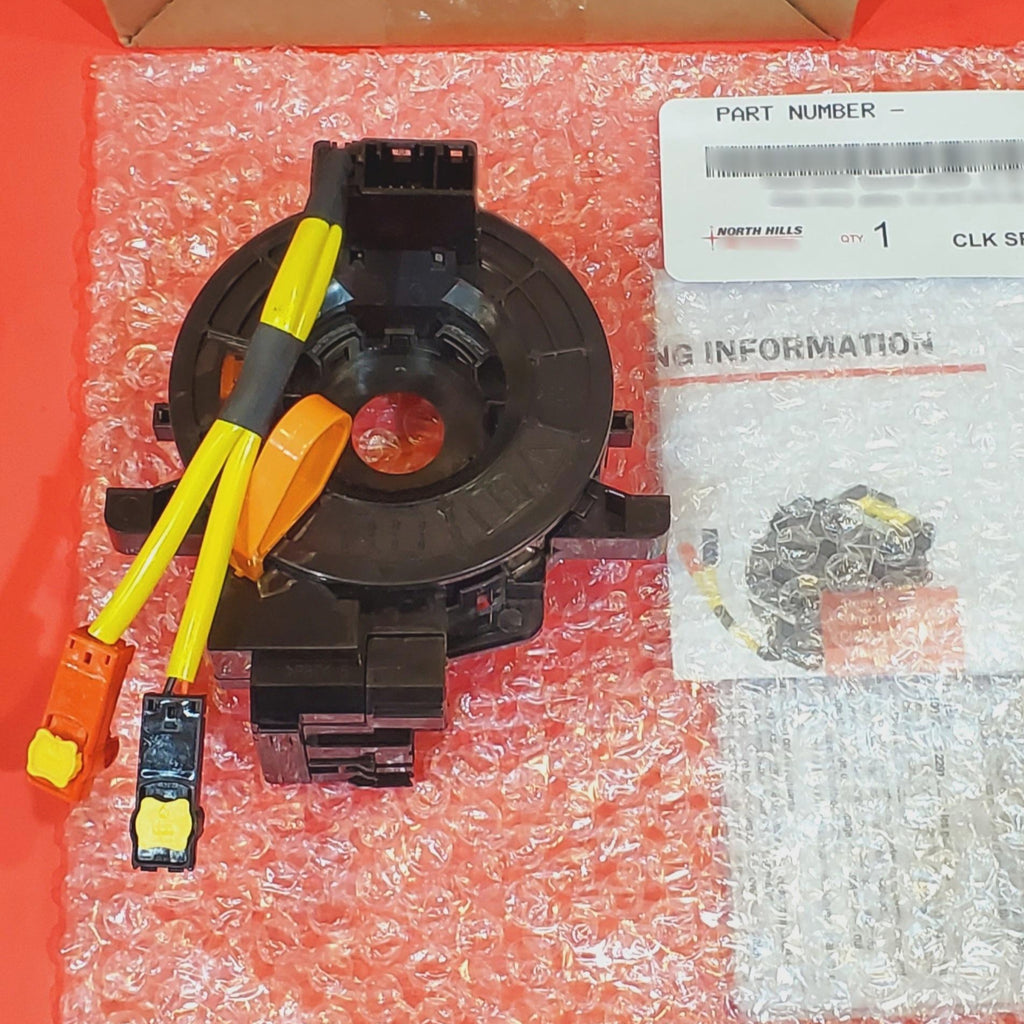Within modern automobiles, the steering system is a marvel of innovation that merges both mechanical and software components to provide safe and nimble handling. One crucial component that often goes overlooked is the spiral spring. This critical part plays a significant role in connecting the steering wheel to the vehicle's electronic systems, allowing for the smooth operation of different functions while driving. Understanding how the clock spring works can shed light on its significance in upholding your steering wheel's functionality.
Especially in vehicles like Toyota, the clock spring serves as a flexible connector that maintains a constant electrical connection between the steering wheel and the vehicle's internal systems. This encompasses all aspects from the airbag system to the sound controls and cruise control features. When you rotate the steering wheel, the clock spring unwinds and coils back without breaking that connection, permitting you to experience all the comfort and security features of your car. Let's investigate the magic of clock springs and how they contribute to a fluid and protected driving experience.
What is a Clock Coil?
A time spring, also known as a coil connector, is a important element in current vehicles, especially for those equipped with features such as airbags and wheel controls. It is designed to preserve electrical connections between the vehicle's steering wheel and the vehicle body while allowing for the movement of the steering wheel. This configuration ensures that essential functions stay operational, even as the driver turns the wheel in both direction.
The clock spring consists of a thin, coiled ribbon of wire that can wind and unwind as needed. When you turn the steering wheel, the clock spring turns with it, providing uninterrupted electrical connections for systems like highway driving aid, sound system, and the airbag system. Without this component, these features could be failed, posing security and functionality risks to the driver and riders.
In many cars, including popular models from Toyota, the clock spring is a integral part of the steering mechanism. While it is designed to last for many years, it can wear out over time. If this happens, it may lead to complications such as inoperative steering wheel controls or, more critically, the collapse of the airbag system during an accident, highlighting the importance of timely maintenance and substitution.
Significance of Clock Spring Devices in Automobile Steering
Clock springs play a vital role in the performance of steering systems in modern vehicles. They are indispensable for maintaining the link between the wheel and various electrical devices, such as airbags, cruise control, and stereo settings. When you rotate the steering wheel, the clock spring ensures that these systems remain operational, even as the wheel spins. Without a well-working clock spring device, drivers could face safety hazards due to inactive airbags or faulty controls, making it critical for this piece to be in top form.
In more to their safety functions, spiral springs contribute to the overall comfort and comfort of operating vehicles. They provide a dependable interface for electronic inputs while allowing for seamless and free steering movement. This means that drivers can enjoy improved features without sacrificing the ability to maneuver their vehicle effectively. For instance, the integration of various electronic functions into the wheel assembly relies heavily on the spiral spring, allowing for a more user-friendly experience.
Consistent upkeep of the clock spring should not be overlooked, especially in vehicles like Toyota models, where these components are critical to the steering mechanism. toyota clock spring failing clock spring can lead to unpredictable behavior in vehicle controls, potentially putting drivers and passengers at danger. By recognizing the significance of clock spring devices, vehicle owners can focus on their care, ensuring that all functions related to steering work smoothly and without issue.
Typical Concerns with Toyota Clock Springs
Toyota clock springs can experience several frequent issues that influence their performance and, subsequently, the operation of the steering wheel. One frequent problem is wear and tear due to frequent usage. Over time, the wires within the clock spring can become worn, leading to inconsistent connections. This can cause problems with controls on the wheel, such as the safety systems or sound systems, which may stop working entirely.

Additionally, issue arises from environmental factors. Exposure to moisture, dust, and severe temperatures can speed up the decline of the clock spring. In some cases, this can cause the clock spring breaking prematurely, requiring replacement. Drivers may detect alerts on their dashboards, especially the airbag warning, signaling that the clock spring might be malfunctioning and calls for attention.
Lastly, incorrect installation of the clock spring during service can lead to serious complications. If the spring is not positioned correctly, it can become uncoiled, which may lead to the failure of critical electrical connections. This scenario can be particularly hazardous as it poses a risk to the safety of the airbag system. Regular inspections and accurate installation are essential to preventing such issues with Toyota clock springs.
